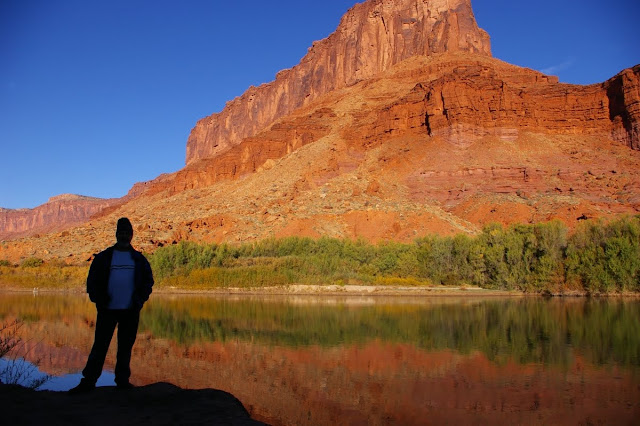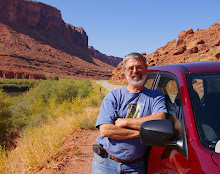“You all must be crazy to put your faith
in me. That’s why I love mankind. You really need me”. – God’s Song, Randy Newman
Once
again the all-too-familiar headlines.
Another mass shooting in another part of America. More appalling
violence for no apparent reason by yet another deranged young man…followed by pundits
asking why and wondering who to blame. I
am disgusted by my country’s love affair with guns, and I am disgusted with the
religious hypocrites who tell us that God is punishing us or testing us
somehow. Have we not been tested enough
over the past several thousand years, and is it not painfully obvious that we
keep failing the tests? Are you telling
me that the same God who can impregnate a young virgin with his son and can
also allow twenty innocent children to be murdered? What kind of a god is this?
When
I was a child my folks, out of some sense of religious obligation, sent me to
the nearest church every Sunday which just happened to be Lutheran. I sat through confirmation lessons wondering
how the creation story fit in with my love of dinosaurs, wondering why
according to the bible animals had no souls and babies were born with sin. And what was this business of having to “fear
and love God” all the time? There was no
joy in this teaching, only intimidation.
I
went to church last night to hear my wife sing Christmas carols in the
choir. And along with the rest of the
congregation, I willingly prayed for the victims, both living and dead, of this
most recent tragedy. I prayed not
because I believe in God but because I believe in the power of the human spirit
and the potential of positive human energy. Isn’t this what prayer is really all about
anyway? God doesn’t answer our
prayers. We do. And guns don’t kill people. Humans do.
We
moronically submit to the gun lobbyists over second amendment rights when the
fact of the matter is that our Founding Fathers could never have conceived of
the kinds of weapons that now permeate our society. If they had had any inkling about the deadly
effects of assault rifles and similar tools of destruction, might the second
amendment have been worded differently?
It is laughable to be applying 21st century logic to 18th
century thought, as if the Bill of Rights creators could have been prescient
enough to perceive the lethal efficiency of modern-day technology.
I am
tired of arguing with people whose entrenched point of view has blinded them to
reality. I am tired of the toxic
atmosphere that seems to be spreading throughout our society. Whether it is a shopping mall in Oregon, a
movie theater in Colorado, or an elementary school in Connecticut, this is not
God’s will. It is the product of an
amoral and indifferent society and we have to assume culpability. We can’t blame God. And we can’t blame the NRA. We have to take some personal responsibility
somehow.
It
is hard not to be cynical in the wake of such senseless violence. But on a good day, I can see examples all
around me of the divinity that individuals are capable of whether it be raising
money for a young child’s operation, feeding the homeless, rescuing abandoned
pets, or gathering in a church just a week or so before Christmas to share in
fellowship and song.
It
is 5:30 in the morning and it’s raining outside and I don’t have any answers,
just lots of questions. And all I will
want to do today is curl up on the couch with my daughter as the rain turns to
snow.






